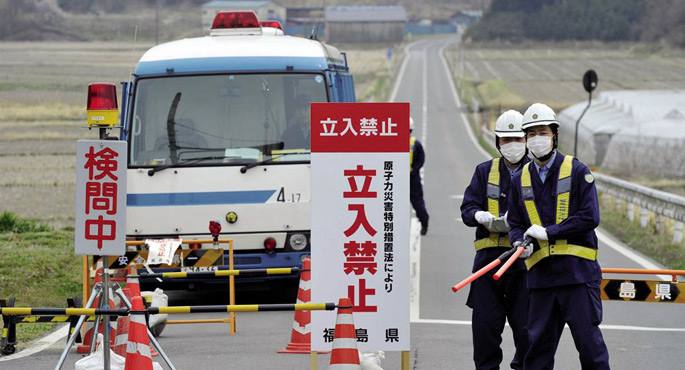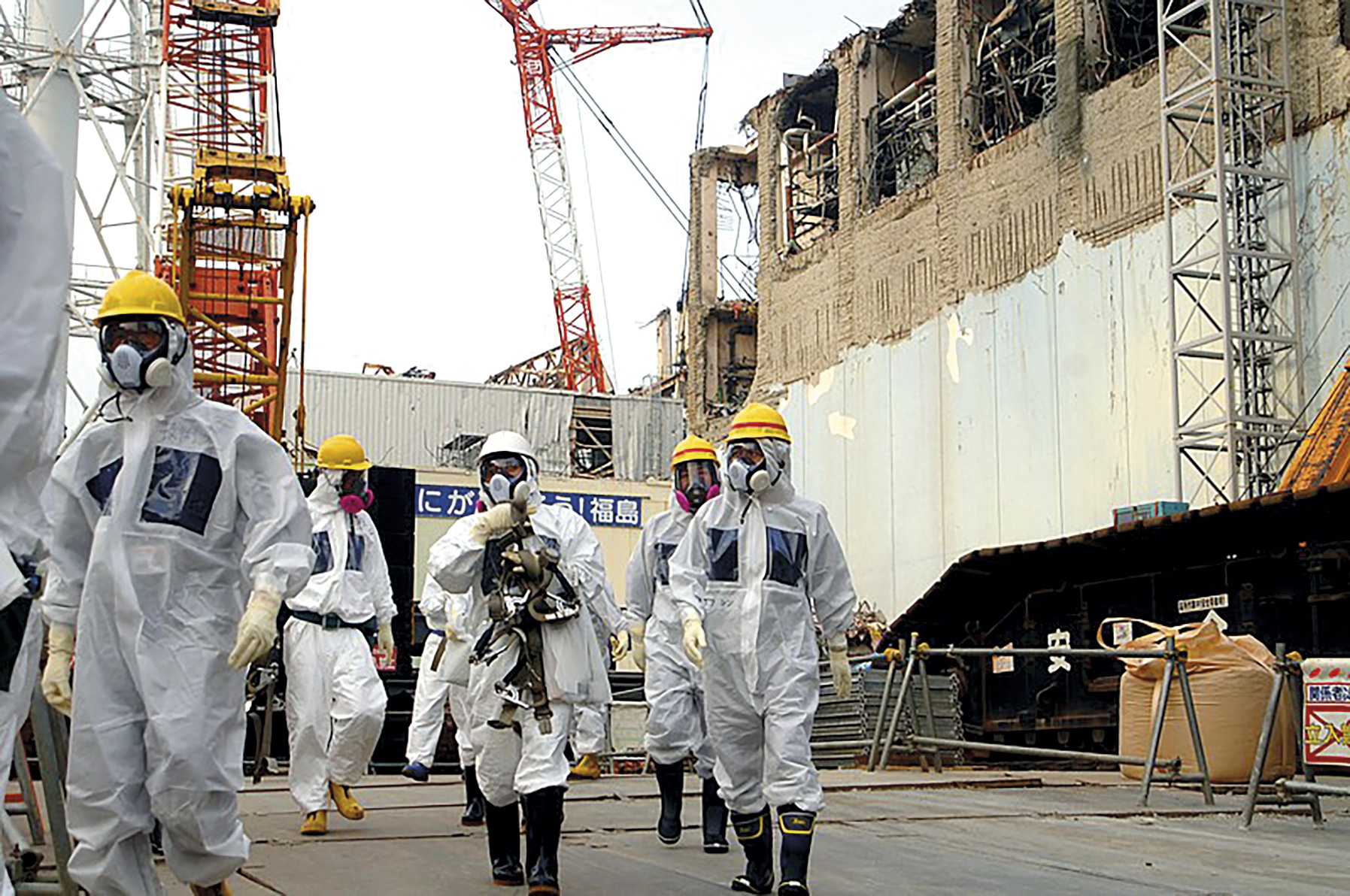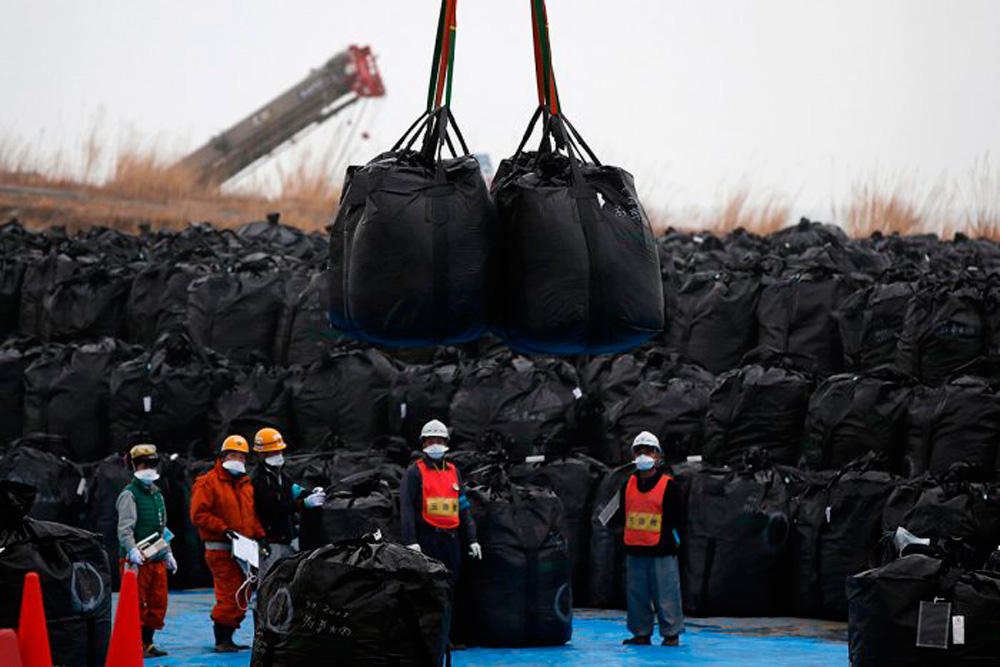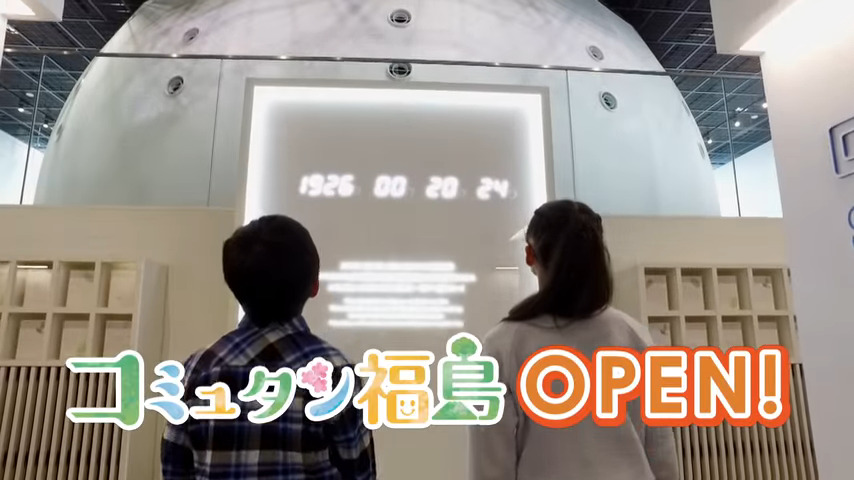First anniversary of the Fukushima disaster
- The world will be filled with human chains, camps, meetings and meeting antinuclear on 11 March, to recall that the nuclear destruction initiated that day in Fukushima, Japan, continues to bleed from poison. We cannot forget this, although I would like to do so, as we cannot forget what happened 25 years ago in Chernobyl: they are unfortunately still alive.

Swiss public network TSR Tele Suisse Romande has sent Georges Baumgartner to the surrounding area of Fukushima to inspect how things are within a year. He has visited the vicinity of the nuclear power plant with Eisaku Sato, former governor of the department of Fukushima. to perform the report. What offers an 11 minute report in French will be here almost literally in Basque, to help anyone who wants to watch the video, which is easily obtained from the web of Argia.
Eisaku Sato has secured access to the Fukushima area next to the car area. He was governor of that prefecture for 18 years. It was then that the company TEPCO denounced that it gave false information about the accidents at the nuclear power plant in Fukushima (Madrid). He now wants to see the areas of the banned area with the journalist before the road to Europe begins.
The team has reached the barriers surrounding the plant, where the plant is located. Two of the four reactors melted and perhaps the fuel contained in the packaging has already been drilled. It seems that they have so far avoided the worst. The government has declared that the reactors have remained in the cold, below 100°C. [In February, in reactor 2 the temperature has risen much more, some experts say the fission chain has not stopped].
Yukiteru Naka will accompany journalists, an engineer responsible for the construction of the Bilbao nuclear power plant. No protective clothing, amazing. They take ten minutes by the fence and they have reached the limit of the radiation level, so it is necessary to leave the place. Among them, they must pass the control of the TEPCO guards, even though they have been legally received.
Many say that TEPCO hides information, no one knows what's going on in the plant. The complicity between the company and the government, long denounced by Eisaku Sato, has not changed since the Fukushima accident.
They've gone through the plant portal, you can't access it. TEPCO has reactors control staff in the building that the first Japanese football team dedicated to training, with parking fields. Every day 3,000 workers work inside the plant, but without reaching reactors, radiation remains excessive.
More than 18,000 workers have taken turns in the attempt to control the accident. TEPCO would like to dilute the radioactivity. Dr. Suichi Taniguchi of the Toranomon Hospital in Tokyo has denounced that the health of workers is not exactly controlled. There's no staff relationship. The radioactivity tests being carried out from May to June should be carried out every 15 days, but they do not.
Yukiteru Naka brings the journalists to the chalet he built a year before the earthquake and tsunami in the Fukushima area, next to the Fukushima Daiini plant. The tsunami didn't affect that much. Naka has run his entire career in General Electric and has led the construction of the Fukushima building. The house clock is stopped at the time of the earthquake: 14:46.
Naka's grandchildren had a lot of fun in the chalet. They will not be able to come back. But you cannot complain about the thousands of people who have lost everything. He believes that the nuclear accident could have been avoided if the workers had been prepared for the emergency.
Whether or not to return to the contaminated people?
Kothis is the mayor of Endo Tomioka. The finding has occurred in the city of Koriyama, along with the villagers who have been transferred. For him, the priority is to return to the village, after having received the compensation of TEPCO for damages. Then the journalists go to Tomioka. It is in a prohibited area. Workers are decontaminating soil and groundwater. What is the point of trying if reactors are still emitting radioactive particles into the atmosphere? To get away from the camera, the radiation is too large.
For engineer Naka, cleaning the contaminated area will be too expensive. You can't decontaminate the sea. It is preferable that this area should become a nuclear waste storage centre, a national park or memorial or a research centre for the environmental effects of radiation.
The streets of Tomioka are famous for the cherry trees. The mayor has invited citizens to return to flourishing in order to maintain hope. The leadership is provided by the municipal worker, Ryo Sugimoto. He's got a little kid. They will hardly return if the pollution has weakened. On the contrary, the old want to return to die at the place of their birth. There was no train at Tomioka Station. There is no soul in the theme park built by TEPCO for the promotion of nuclear power, which contains replicas of the houses of Edison and of the Curie marriage.
Eisaku Sato has highlighted the lesson to journalists, which he has described as "terrible." Nuclers are the gauge of a country's democratic maturity. Converted into a police state, you will never be allowed to see what happens in
the centrales.El village of Kawauchi is divided into two parts, half in prohibited area, the other half free. The mayor, Yuko Endo, wants to persuade the population to return, that there is less radiation than in Koriyama that they have a refugee, that they do not have to let the people die as has happened with many of the surrounding areas of Chernobyl.
They've only returned about 300. Shigeru Iid has reopened its own restaurant in Kawauchi, in the state of California. It says that we have to go back, that the government will not help the victims of TEPCO forever, that they have to adapt themselves.
Koriyama, 60 kilometres from the nuclear power plant, has 300,000 inhabitants. Many of the citizens who have been expelled from the banned area have taken refuge here. But today in Koriyama the radioactivity is higher than in the prohibited area. Here lives Eisaku Sato, former prefect of Fukushima.
The Nuclear Monitoring Body is the Ministry of Industry (METI). The METI wants to put in place the plants that are paralysed and complicity with the industry is greater than ever. Raso's word is amazing. Have been an METI official. He has seen how he was governor how the information was hidden. It does not believe that the Japanese Nuclear Safety Organization can perfectly supervise nuclear weapons.
To round off the influence of kindness between political leaders and companies, the major Japanese media do not question nuclear energy. The latest images of the report: During the winter 2011-2012, Sato has taken the camera in the forbidden area, in an attempt to keep the secular culture from going away.
Videos and information such as that of Georges Baumgartner are available on the Internet even though they do not reach the main media. I had to look. If there's the internet there, there's someone who doesn't know about Fukushima, it's because he wants to.

























